How Long to Boil Water to Purify for Drinking (According to Science)
Whether you’re hiking or camping this summer, safe water is pretty important. In this post, you’ll learn how long to boil water to make it safe for drinking. Plus, you’ll learn about what makes you sick, other purification methods, and we’ll answer many questions about safe drinking water.
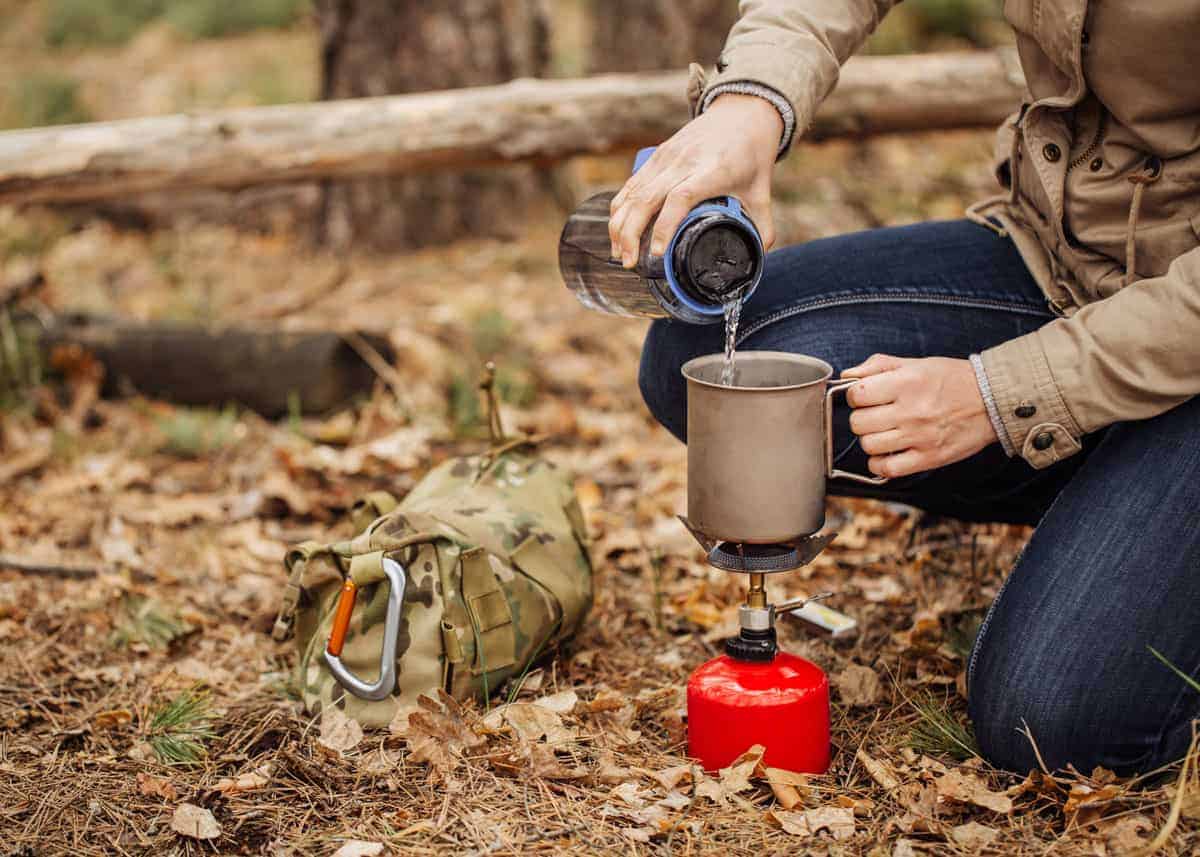
How Long to Boil Water to Purify for Drinking
In this post, we’ll go in depth on this topic. But first, here’s the answer to your question:
How long to boil water? According to The Center for Disease Control and Prevention (CDC) clear water should be brought to a “rolling boil for 1 minute”.
If you’re hiking into a remote waterfall, or spending time at the cottage, safe drinking water is pretty important. A mountain stream could contain invisible organisms that will make you sick. And the water supply at the cottage has sat stagnant for months, allowing all types of flora to grow in the pipes.
Before preparing this post, we boiled water for 20 minutes. We had read it somewhere and we faithfully boiled away – for the past 5 years.
But we were wrong. 20 minutes is excessive.
Why Boil Drinking Water
Drinking contaminated water can make you seriously sick with stomach pain, nausea, vomiting, diarrhea, and dehydration. No one wants to go through that, so if you don’t have any bottled water on hand, making your water drinkable is super important.
Here are some reasons you might need to purify water:
- Hiking
- Outback camping
- Remote cottage life
- Traveling to another country
- Natural disasters that damaged infrastructure
These are the most common reasons. In addition, other events that could contaminate the water supply include: disease outbreaks, chemical spills, and industrial runoff.
Of course, the last two reasons require much more than just boiling water.
Here are some of the most common water contaminants:
- Bacteria
- Viruses
- Parasites
- Metals (iron, lead, mercury)
- Harmful chemicals (pesticides, herbicides, etc.)
- Pharmaceuticals
The first three are organic and can be killed by boiling water. The last three in the list are not affected by boiling water.
3 Harmful Organisms That Boiling Water Kills
- Bacteria: Bacteria such as E. coli, coliform, cholera, salmonella, and shigella can cause serious illnesses and even death without medical treatment.
- Viruses: Common viruses found in untreated water are coronavirus (causes SARS), norovirus, hepatitis, rotavirus, viral meningitis, poliovirus, and coxsackievirus (causes hand-foot-and-mouth disease).
- Protozoa: These are parasites such as Cryptosporidium, Giardia, Toxoplasma gondii, Entamoeba histolytica, and Cyclospora cayetanensis, which can all cause severe intestinal infections.
So, what’s the best way to make water drinkable? How long to boil water for drinking? What are some alternative methods for purifying water? Relax and read on because we’ve got the answers to these questions and many more in this guide.
Boiling Water for Consumption
Boiling is the easiest and most effective method for purifying water. But, how long to boil water before consumption?
Some people say it only takes a minute while others say five minutes. You may have even read that you should boil water for 10 or 20 minutes to purify it. What’s the correct answer?
How long to boil water for purification? The Center for Disease Control and Prevention (CDC) puts the debate to rest by stating that clear water should be brought to a “rolling boil for 1 minute (at elevations above 6,500 feet, boil for three minutes)”.
How does boiling water purify? Just so you know, the action of boiling is not what purifies the water. It’s the high heat that kills organisms such as bacteria, viruses, and parasites.
Based on data from the World Health Organization, water temperatures of at least 158°F (70°C) will reduce (kill) 99.999% of bacteria, protozoa, and viruses in less than one minute.”
So, by the time the water temperature reaches the boiling point 212° F (100° C), all germs are history.
While waiting for water to cool isn’t ideal, you could take advantage of having hot, purified water by making a cup of coffee. Here’s more about how to make coffee while camping.
3 Other Ways to Purify Water for Drinking
Boiling is the most effective method for purifying water, but what if you’re not able to boil it? What if you don’t have a source of heat? What if you have no electrical power or fuel? What if you don’t have access to bottled water?
You can use the following alternatives in an emergency:
- Chlorine Bleach If you have household bleach, you can use it to purify water. Putting bleach in your water may sound gross, but if you live in a developed country, chances are your community uses this method to treat your local water. The CDC recommends that you add a ¼ teaspoon (or 1.5 milliliters) per gallon (3.78 liters) of water. Let the bleach/water solution sit for 30 minutes before drinking to ensure that the bleach does its magic and kills the germs.
- Tablets Chlorine and iodine tablets are good to use when you’re traveling because they’re easy to carry and use.
- Water Filters While there is a wide range of water filters on the market, all of them are designed to purify water either through chemicals or by separating germs and other contaminants from clean water.
So while boiling will do the trick, it isn’t always convenient to build a fire, boil a pot of water and wait for it to cool. Here are a few of the best water purification methods.
- Water Filter for Hiking: There are two great options for hiking filtration. The lightest option is the LifeStraw. Just stick the end in the lake or river and drink. It filters as you draw the water through the straw. Each unit will filter 4000 liters of water. The other option is the LifeStraw Go Filter Bottle. It works the same as the original LifeStraw, but is integrated into a water bottle. Just fill with river or lake water and go. The 2-stage filter removes waterborne bacteria and protozoan and improves taste, odor and chlorine.
- Water Purification for Camping: We travel with the Travel Berkey Filter. It’s a gravity-fed, table top filter that purifies river and lake water, removing pathogenic bacteria, cysts, and parasites. This 1.5-gallon filter can filter 2.5 gallons per hour. Our family of three is well served by the small size when we travel. Last month we spent a couple of weeks in northern Saskatchewan – and this gave us an endless supply of safe, freshwater. We plan on taking this on our next camping trip.
Looking for more? Here’s a great guide about choosing the best water purification water filters.
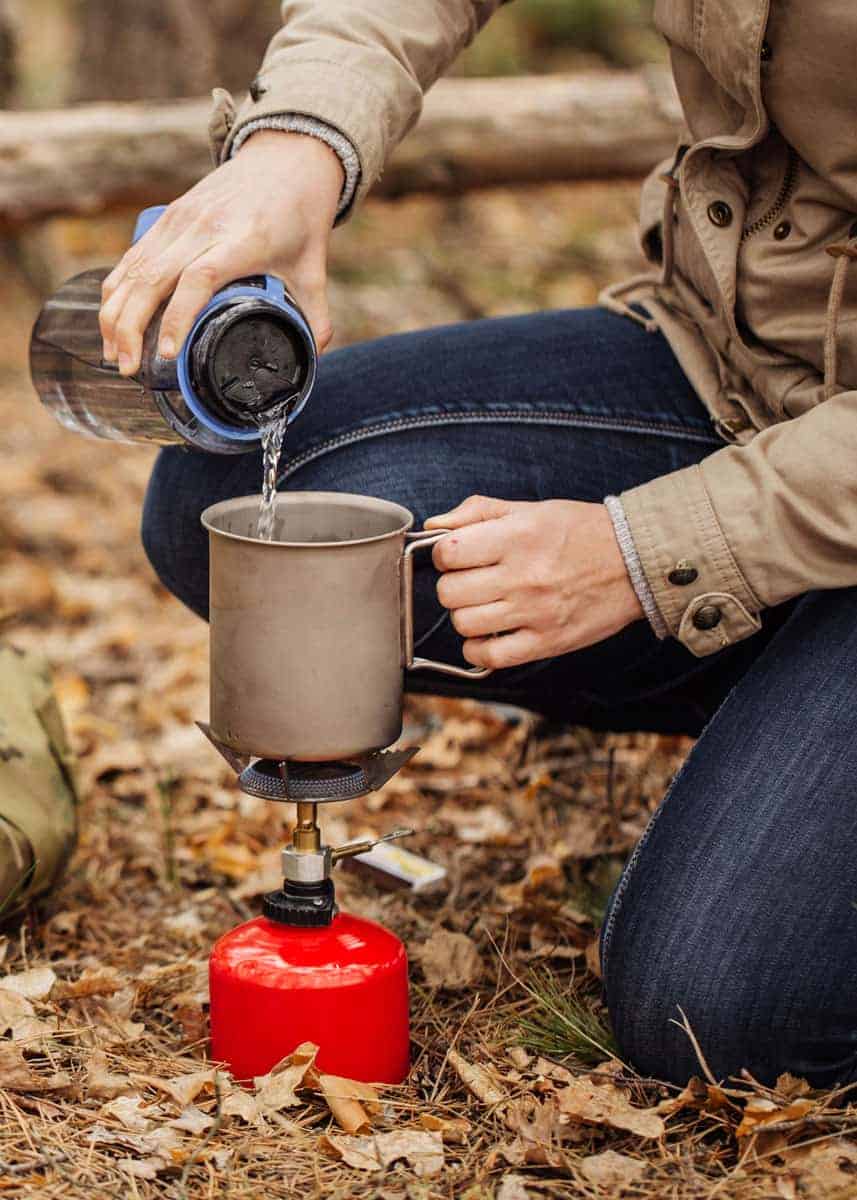
Next Step: How to Open a Can Without a Can Opener
How to Boil Water
Not everyone is at ease around a stove, so if you’re someone who “can’t boil water,” here are the basic step-by-step instructions of how long to boil water:
- Fill your metal pot or kettle with water and place it on the stovetop burner (or another heating source). If your kettle or pot doesn’t have a lid, you can fill it up about halfway so that when the water boils, it doesn’t splatter out and burn you.
- Turn up the heat to a high or medium-high setting.
- Wait for the water to come to a rolling boil. A rolling boil is not the tiny bubbles that first appear on the bottom of the pot. Stay patient and then you will see larger bubbles appearing at the surface of the water and making little popping noises. This is the rolling boil stage.
- Once the water has reached a rolling boil, time it for one minute. The water should now be safe to drink, but if you want to make certain, let it boil for another two minutes (3 minutes total).
- Taking care to not spill the water and burn yourself, remove the kettle from the stovetop burner and set it aside to cool down. Turn off the burner. You can immediately use the hot water for coffee or tea. Or, if you prefer, let the water cool down to a lukewarm temperature and then pour it into a container that features a lid.
The water should stay drinkable for about 24 hours, although it may taste a little flat because air has escaped it.
Here are a few reminders. The video says to boil for 2 minutes – which isn’t wrong (depending on your elevation) but just one minute might be enough.
Note: If you’re at an elevation of 6,500 ft (2,000 m) above sea level, allow the water to boil for 3 minutes. At higher elevations, water reaches a boil at a lower temperature, so you want to make sure you’re giving it time to kill all the germs.
How to Improve Flavor of Boiled Water
Dislike the taste of boiled water? If you want to improve the taste, you can pour the water back and forth between two containers a few times so that it traps in more air. To keep the water drinkable longer, refrigerate it.
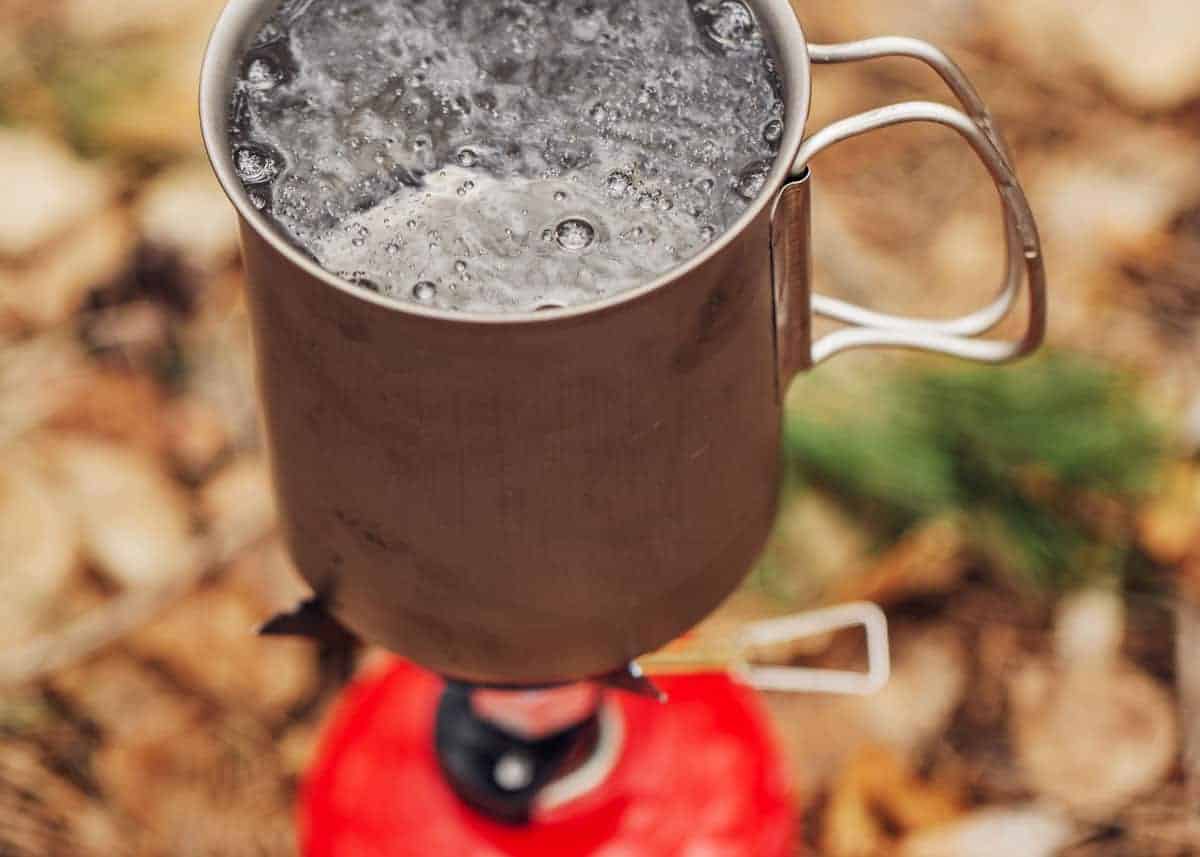
Safe Drinking Water FAQs
Does boiling water kill bacteria?
Yes, boiling water kills bacteria as well as other pathogens. In fact, water doesn’t need to be boiling to kill bacteria.
According to the World Health Organization (view pdf), “water temperature of 158°F (70°C) will reduce (or kill) 99.999% of bacteria, protozoa, and viruses.”
Is boiling water enough to make it drinkable?
Yes, if the only problem is organic contaminants.
Under favorable circumstances, boiling water is enough to make tap water drinkable providing that it’s not contaminated with pollutants such as pesticides and herbicides.
If the water in your community is compromised due to a natural disaster, chemical spills, or industrial farming, you’ll need to filter it in addition to boiling it in order to remove the pollutants.
Likewise, if you’re getting water from a lake or river, boiling it will kill pathogens, but it still may not be drinkable if it contains heavy metals and other toxins. Again, you’ll need to boil the water and then filter it before it’s drinkable.
Can you boil water for too long?
No. These claims have been debunked.
Most everyone has forgotten boiling water on the stove at one time or another. You got distracted by a crying baby, a phone call, or someone knocking at the door.
What happens when water boils too long? It boils down and evaporates to nothing. This may result in your kettle or pot burning on the bottom or becoming warped.
If you don’t catch the kettle before the water boils dry, it could smoke up your home, causing the smoke alarm to go off. Even worse, it could cause a fire if parts of the pot melt.
You may see articles circulating around the web suggesting that boiling water too long can make it toxic. These articles claim that reboiling water or boiling water too long causes minerals and metals to concentrate, which can lead to cancer if consumed in large quantities.
However, these claims have been shown to be false. While it’s true that boiling water too long can build up a concentration of toxins, it would take boiling it hundreds of times for that to actually happen.
So, there’s no need to throw out your water if you’ve boiled it longer than the 3-minute boil rule.
How effective is boiling water for purification?
According to the Centers for Disease Control and Prevention, boiling water is 100% effective in purifying it from all pathogens.
How long is cooled boiled water sterile for?
Cooled boiled water will remain sterile for 24 hours as long as it doesn’t come into contact with any contaminants.
So, it’s a good idea to store the cooled water in a closed container. Placing the container in the refrigerator will also keep the water drinkable even longer.
Does boiling water kill germs?
Organisms, as in bacteria, viruses, and parasites, are killed by boiling water between one and three minutes.
How long does it take for boiling water to kill germs?
Water temperatures of 160°F (70° C) can kill most germs within just 30 seconds. By the time water temperatures reach the boiling point (212° F or 100° C), it’s all over for the germs.
For added safety, the CDC recommends that you boil water for one whole minute.
Does boiling water sterilize?
Yes, boiling water does sterilize. Many people use boiling water to sterilize baby bottles as well as items such as eating utensils, pots and pans, needles, tweezers, and even toothbrushes.
Is boiled tap water safe to drink?
Boiled tap water is usually safe to drink as long as your local water is not contaminated with harmful chemicals, metals or pollutants that are leaked out from broken infrastructure and chemical spills caused by natural disasters or industrial runoff from factories.
Should you be concerned about your tap water? Most communities in the USA, Canada, Australia, and the UK monitor and/or treat their local water to ensure that it’s healthy for consumption. If there is a contamination, citizens are alerted so that they know to boil their tap water.
What is the disadvantage of boiling water?
Disadvantages of boiling water include:
- Costly due to energy or fuel usage
- Indoor air pollution (if heated by kerosene, gas, or woodstove)
- Doesn’t remove bad taste, smell or color of polluted water
- Poses a risk of getting burned by the hot water (or heat source)
Does boiling water kill parasites?
Yes, boiling water does kill parasites that cause illnesses such as cryptosporidium, giardiasis, and cyclosporiasis (known as traveler’s disease), which all involve intestinal pain, nausea, vomiting, diarrhea, and a weakened immune system.
What’s the quickest way to boil water?
The fastest way to bring water to a boil is to use a pot or kettle with a covered lid. The lid holds the heat inside, making the water temperature rise quicker.
Also, keep in mind that the larger the pot, the longer the time it will take for the water to boil.
Can you boil water in a microwave oven?
You can boil water in a microwave, but it could be dangerous. The Food and Drug Administration (FDA) warns that you can be seriously burned if the container of hot water explodes.
When water temperatures reach boiling point in the microwave, it doesn’t boil like on the stove.
It’s just super hot, and when you reach inside the microwave to add instant coffee to it or stir it, it could explode.
Yes, your microwave can create exploding water. Here’s how it looks:
Additionally, the FDA suggests that you “follow the precautions and recommendations found in the microwave oven instruction manuals, specifically the heating time. Do not use excessive amounts of time when heating water or liquids in the microwave oven.”
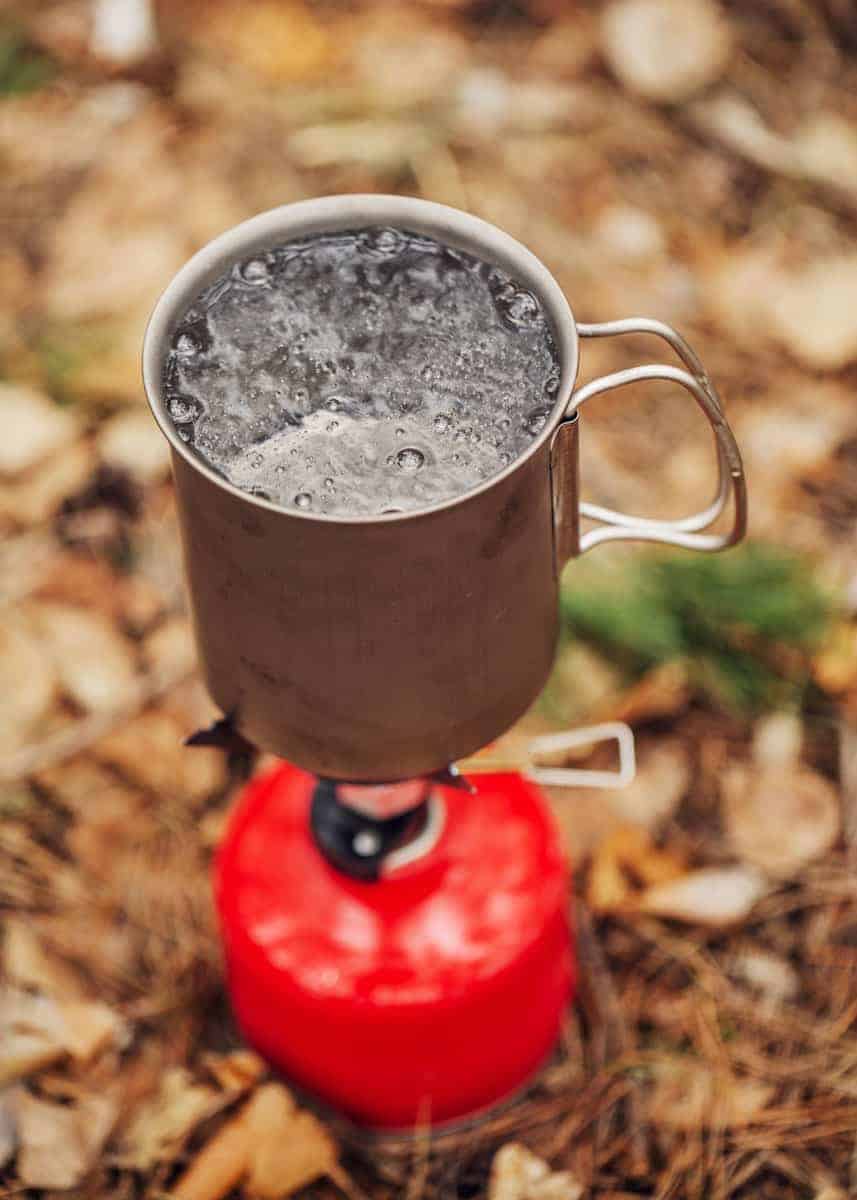
More reading: Keep your food cold while camping (13 tips)
How we handled water in Ecuador
We lived in Ecuador from 2009 to 2015. And during that time, we used a water filter at home. It was a six-stage, 4-gallon filter that provided enough water for our family of three. The primary filter stage is the micro-ceramic dome. This traps and filters dirt, debris, contaminants (such as pesticides and herbicides), and bacteria.
When we’re on the road, we bought bottled water, juice, or soda. At a restaurant, we generally ordered bottled water or hot drinks. Based on the rule of a one-minute-boil most tea and coffee should be safe.
Some short-term travelers and new expats like to live-like-a-local. We did too – for a while. And during that time, we all got parasites and amoebas – multiple times. I had food poisoning and had to be hospitalized. Now we are more responsible. If you’ve ever traveled with stomach problems you know that it’s worth avoiding.
As we were planning our move to Ecuador we didn’t really know what to expect. We bought a UV water sterilizer pen and a 2 part chlorine mix. Although these are great tools for back-country backpackers and jungle explorers they are not necessary for travelers living in an established town or city – at least not anywhere we’ve been.
How to Have Safe Water
As I was writing this post, I discovered a couple of products that are now on my wish list. I want the first item for my backpack and the second item for a backup house system.
- Lifestraw Personal Water Filter: Filters up to 1000 liters of water without chemicals. Works on the same principle as the ceramic filter – by not allowing pathogens to pass through the microscopic holes.
- Katadyn Pocket water microfilter: This is a more serious piece of equipment. It will filter 50,000 liters and the filter comes out so it can be cleaned. The pump will output 1 liter per minute and it weighs just 550 grams.
On the Lighter Side: How to Boil Water
As I researched this post, I found some bizarre articles. Of course, I’m not recommending the following quotes – just sharing some fun from search results.
Here are my favorites from page one of Google:
- In this video, you’ll find out how to make traditional homemade boiled water. Discover how easy it is to bring …
- Is all boiled water the same? No! Learn about boiling water for pasta, boiled eggs
, and more. - One of our favorite recipes at Epicurious is, essentially, a recipe for boiled water. It has nearly 800 comments – some amused, some indignant, …
- If you’re boiling water to cook with (and not just for fun) you’ll be adding something to it, so be sure to leave …
- Boiling means bringing water to 212 degrees Fahrenheit for cooking. But you don
‘t need a thermometer to boil water . The process to boil water (or any other kind … - How to Boil Water. You just heat the water until it starts bubbling.
Keep reading: Does Salt Make Water Boil Faster? 5 Tips For Faster Boiling
Your Turn
Now that you know more about water contamination and how long to boil water, you can feel better about drinking water in an emergency or when camping or traveling.
Have you ever had to boil water for safe drinking? Let us know your experience in the comments.


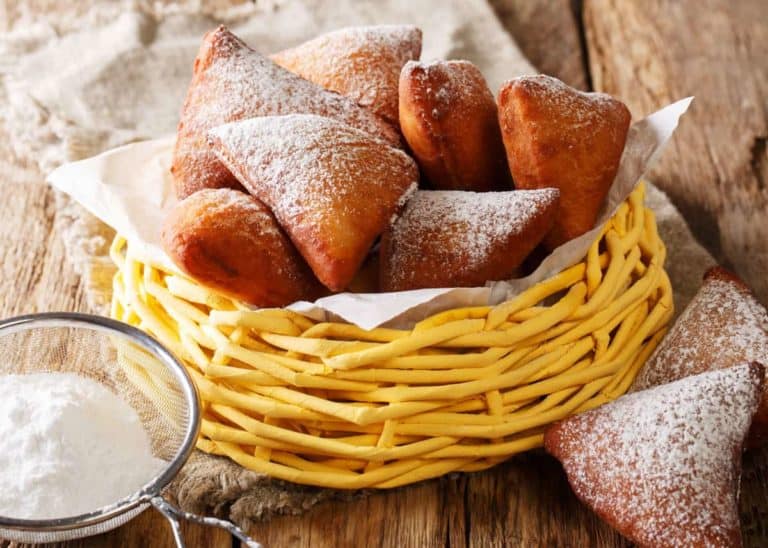
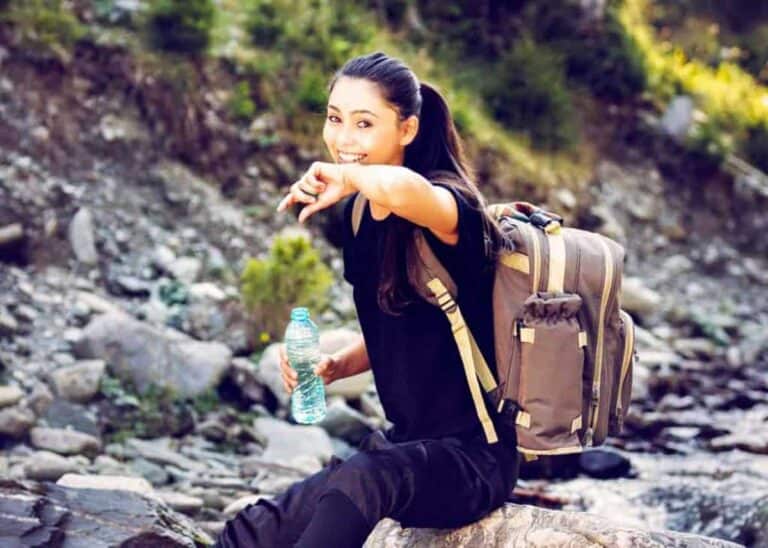
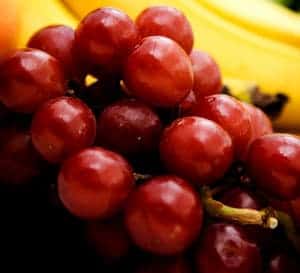
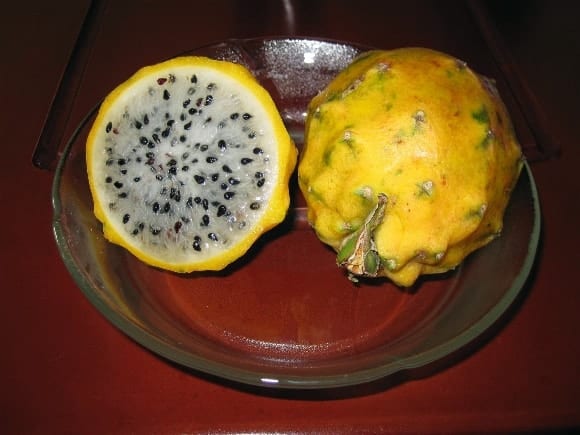
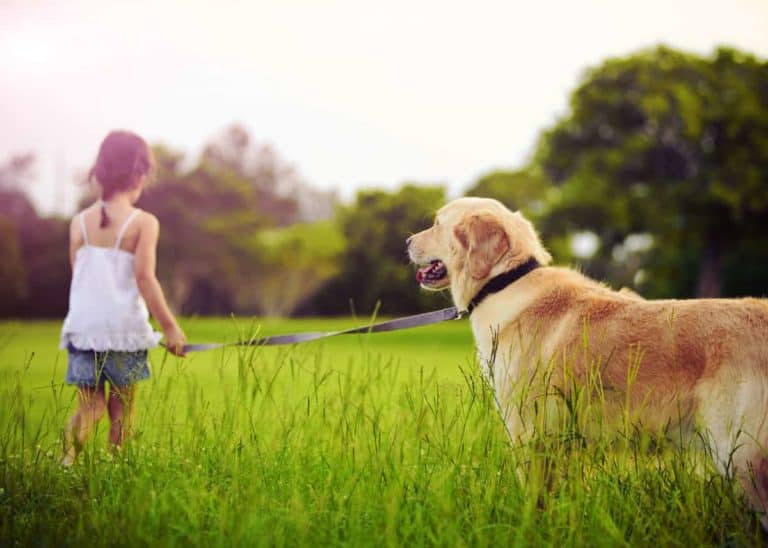
Pls tell me how to purify water.. I boil the water, even after that a layer like oil comes up when allowed to settle. Pls give me a cost effective solution for safe drinking water
Boil water is good for health. Boil Water also helps to reduce the body weight. Normally I boiled the water for 15 minutes.